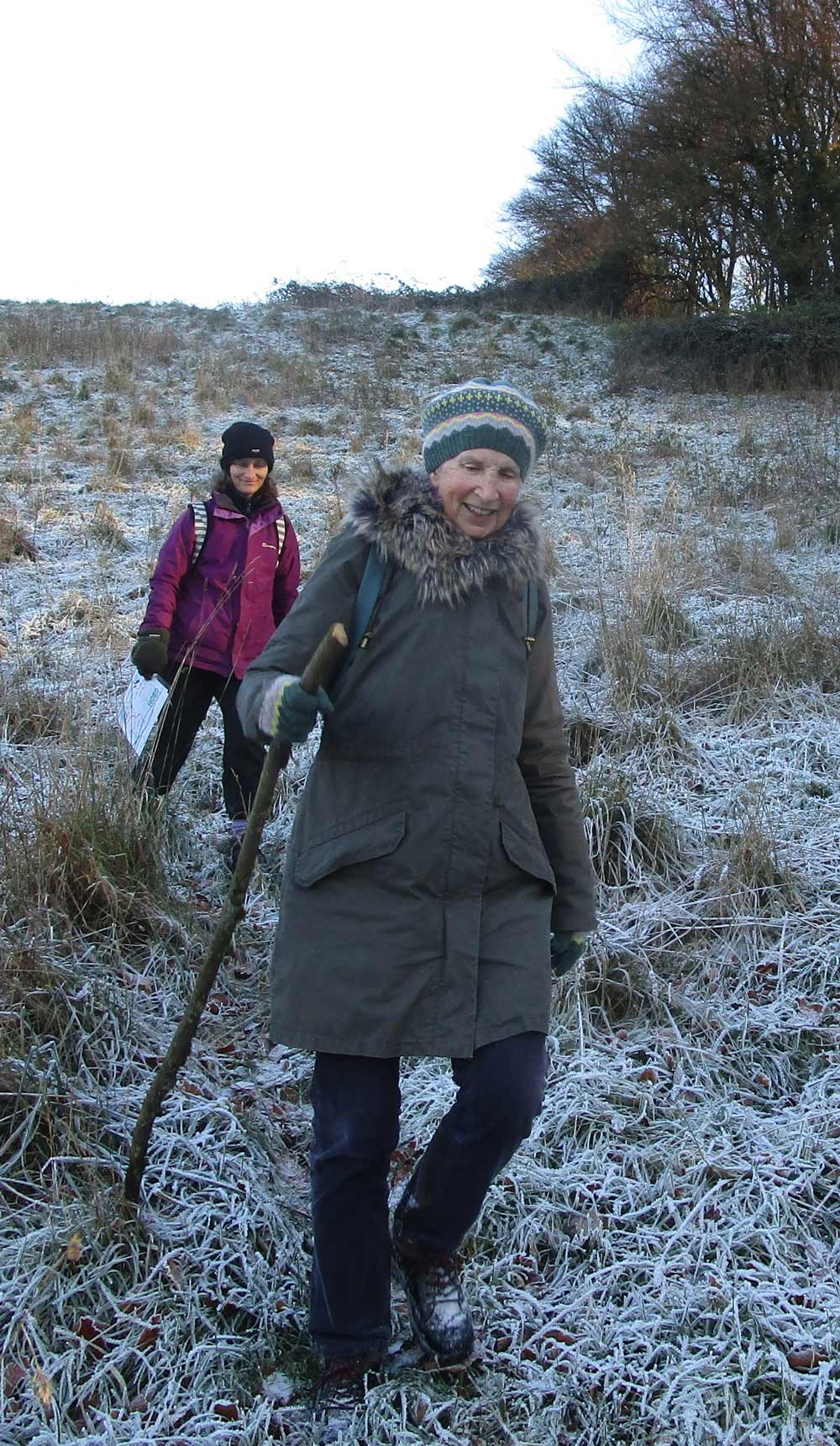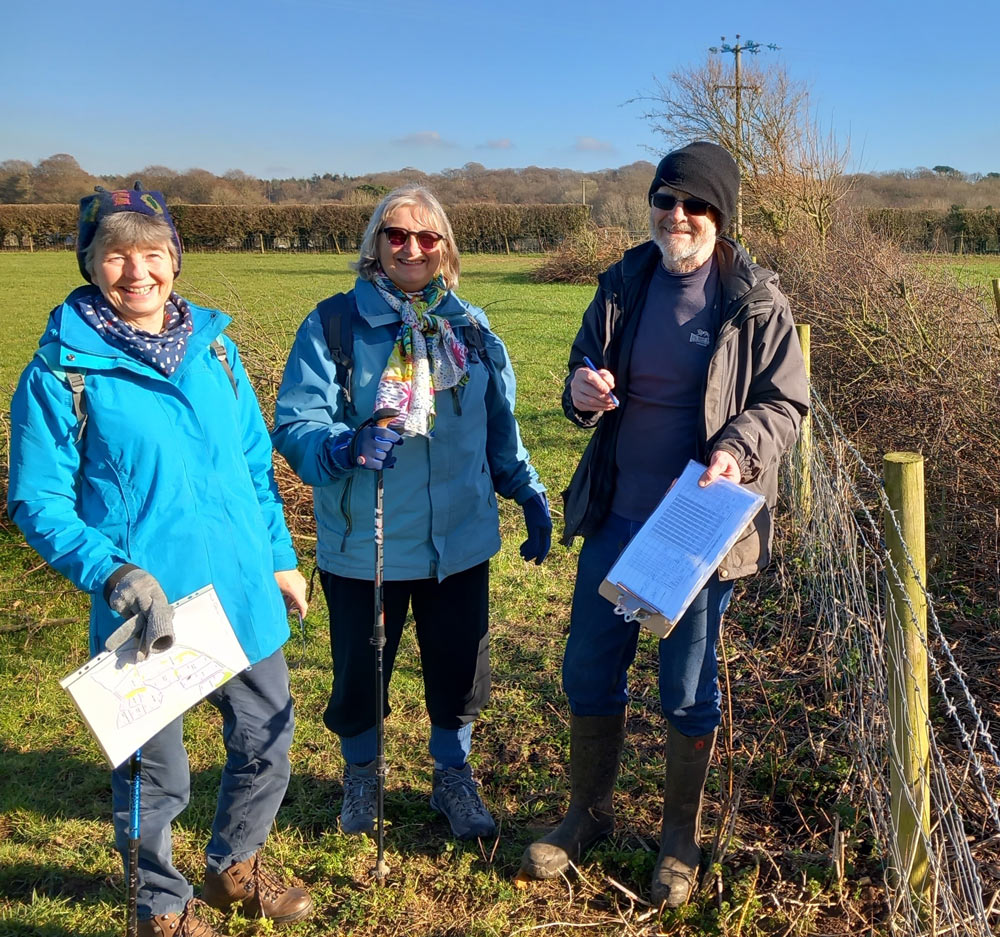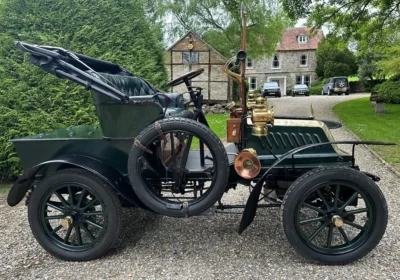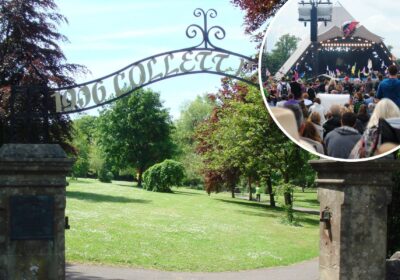Over 100km of hedgerow has already been surveyed in West Dorset, but the journey has only just begun.
by John Calder, GBDH Survey Lead
Hedgerows are not a natural phenomenon. We humans invented them centuries ago to help us to manage food production. Not much else explains the presence of the 100km of hedgerows that have already been surveyed in the Great Big Dorset Hedge (GBDH) project. Those hedgerows provide many additional benefits that are now important as we collectively address both the global climate emergency and the local losses of biodiversity.
Our West Dorset hedgerows are generous in proportions and complex in their structure. We have banked hedges; we have double-planted hedges; we have species-rich hedges; we have hedges with ditches and their scale is generally BIG. So, in these parts, it is especially urgent to restore our existing hedgerows. Planting new hedges will help too, and across England the government has a target of a 40% increase by 2050, which is a big ask. We are constantly looking for the sites where it would be reasonable to put them.

Right now, the community network Dorset CAN (DCAN, www.dorsetcan.org) is mobilising supporters for the GBDH. We currently have over 100 volunteer hedgerow surveyors, but more are needed if we are to fulfil our mission to see our hedgerows enhanced or augmented.
In this initial survey phase, GBDH volunteers are assessing the present condition and composition of Dorset’s hedges, starting with those that are accessible from major public trails. Those results are then shared with the relevant local communities and with landowners. Wherever the response invites it, we can then move on to a collaboration with the landowner. Farm-wide hedgerow surveys can then be initiated with hedgerow restoration and the planting of new hedges as the ultimate outcomes.
All this groundwork anticipated the announcement of the Hedgerow Standard for DEFRA’s emerging Environmental Land Management Scheme (ELMS). The scheme should be providing the funding that would enable England’s hedgerow-planting targets to be achieved. As things stand, however, we do not see those ambitious government goals adequately matched by the current elements of the scheme, but discussions with DEFRA are ‘ongoing’. Janet Hughes, programme director for DEFRA’s Future Farming and
Countryside Programme recently reassured us, “We’ll be in touch very shortly on the specific points you’ve raised and also on the way we’re proposing to work going forward, taking into consideration everything we’ve learned so far”.
The GBDH project is currently appealing for volunteers. Every volunteer has a very important contribution to make, and can choose the level of commitment that suits them and their circumstances. We do need more who are able and willing to take on the local coordinator role, but that will come naturally as our surveyors become more experienced.
All over Dorset, volunteers who cherish our hedgerows have been inspired to train to undertake the GBDH surveys. Most of them are also eager to be out there planting hedges in due course, but the landowners first need to find the time to prioritise their hedgerows among their many other challenges. A sustained collaboration may be needed to bring through the successes we seek.

You can sign up as a GBDH surveyor online at www.dorsetcan.org/hedge/volunteer. Enjoy the rich heritage of the Dorset countryside, explore these man-made landscape features that we have inherited from generations of practicing farmers, learn something new, and help to make a difference.











Leave a Reply